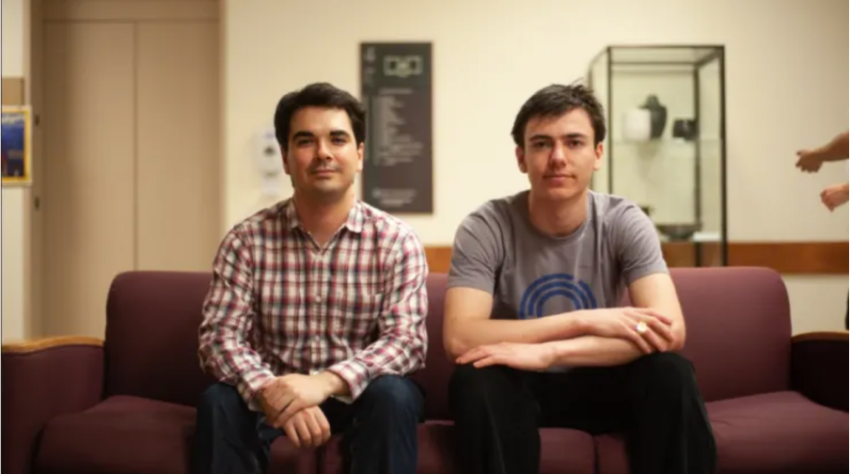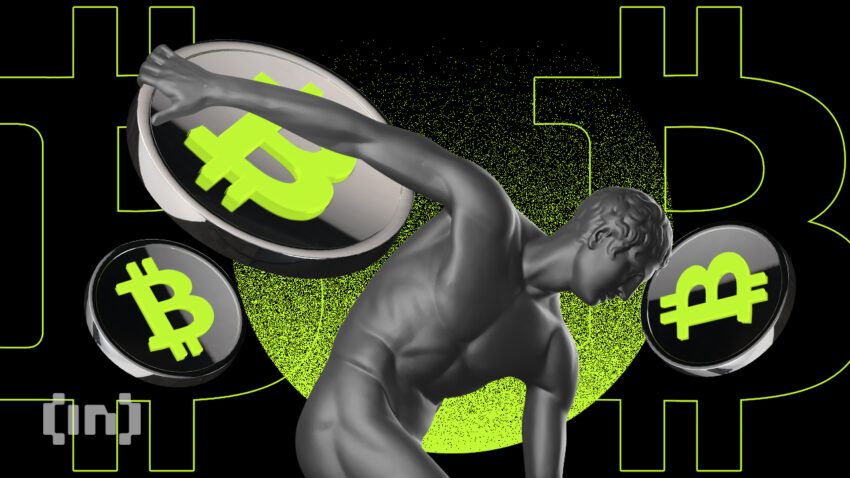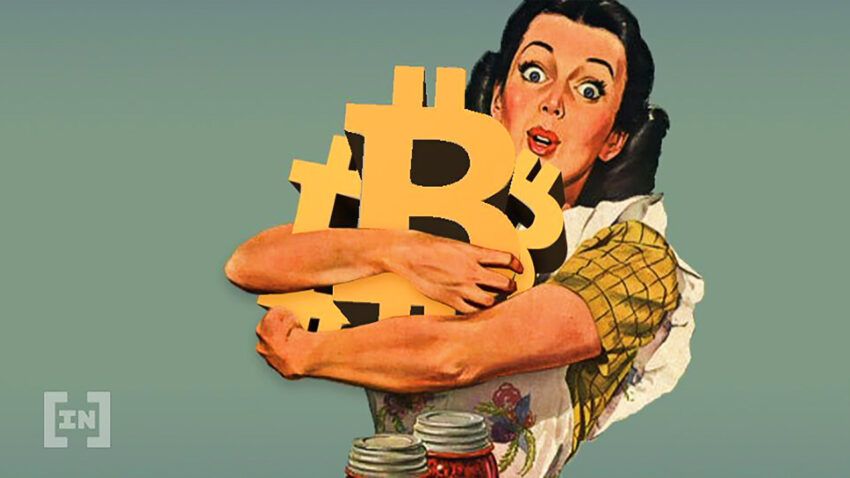The owners, the sellers and the sushi buyers
Imagine getting $100 worth of Bitcoin for free in 2014. If you held on to this point, you would be sitting on a gain of around 5,300%. This is exactly what a couple of MIT students did in a giveaway to promote a campus-wide Bitcoin ecosystem. Where are they now and did the recipients keep their coins?
In 2014, Jeremy Rubin, a sophomore studying electrical engineering and computer science at MIT, and Dan Elitzer, founder and president of the MIT Bitcoin Club at the university’s Sloan campus, undertook an ambitious project back to create a digital currency ecosystem at MIT.

The plans for the MIT Bitcoin Project involved various activities, including working with professors and researchers across the department to study how students use the BTC they receive. This even spurred academic and entrepreneurial activity within the university in the burgeoning field.
The goal was to help students and to position itself at “the forefront of new technologies and establish MIT as a global hub where Bitcoin-related research, ideas and ventures are studied, discussed and developed.”
Bitcoin, MIT and how it all came to be
The ‘MIT Bitcoin Project’ created a significant stir in various groups at the Massachusetts Institute of Technology. The pair raised more than $500,000 for the experiment, mostly from Alexander Morcos, an MIT alum who works in high-frequency trading in New York.
It was in 2014 when this project was first put into operation. But first we need to go back a bit to understand the full scope.

BeInCrypto reached out to Jeremy Rubin for his insider knowledge of the project. When asked what his first “Bitcoin moment” was – he told us:
“I read the Bitcoin Whitepaper for the first time in the summer of 2011 on Hacker News and immediately got excited about the idea. In 2013 I started doing projects with Bitcoin, including a rather famous one called Tidbit.
“I came up with the idea to give away Bitcoin to a bunch of MIT students as part of a class I was in (I was kind of a TA but had to do a research project as part of the class) with Chris Peterson and Ed Schiappa to study the use of Bitcoin among the MIT CS students. I teamed up early with Dan Elitzer, who helped reconceptualize it as something for everyone on campus.”
Tidbit allowed “users to mine Bitcoins on a client’s computer as a substitute for traditional advertising.” However, local authorities soon got wind of this development.
According to the official document: ‘In December 2013, the New Jersey Attorney General issued an extensive subpoena to Rubin and Tidbit, seeking Tidbit’s source code, documents and narrative answers about how Tidbit worked, what sites it was installed on, and Bitcoin accounts and wallet addresses linked to Tidbit.’
They eventually dropped the charges, but it gave way to an important narrative and idea.
Rubin said that not many people were familiar with this technology, given Bitcoin’s “newness” at the time. He wanted to change that — and a year later, the MIT Bitcoin Project was born.
The ins and outs of the campaign
At the end of October 2014, the two managers started the registration process. To receive BTC, students had to fill out a questionnaire and review teaching materials. They then had to set up their own crypto wallet, which at the time “was difficult enough to discourage participation,” Rubin told BeInCrypto.
Despite these small obstacles, 70% of the total students (around 3,108) participated and received $100 worth of BTC when it was trading at $336. This equated to almost 0.3 BTC each.
When asked about the reception to this project, Rubin claimed, “Pretty much everyone was excited to get a chance to get some Bitcoin and experiment with it. We had conferences and hackathons that summer that were very well attended, and the energy on campus was to feel when the airdrop itself was ready. Of course some ignored it, but generally people I spoke to were excited about it.’
Rubin included his thoughts on the sentiment at the time:
“Giving students access to cryptocurrencies is analogous to giving them internet access at the beginning of the internet era. When the deployment happens this fall, it will make the MIT campus the first place in the world where it will be possible to assume widespread access to Bitcoin.

Someone wanted sushi
Once they received their BTC, the recipients were free to spend (or not spend) it as they wished. Some even cashed out the retainer in the first week.
“1 in 10 withdrew within the first two weeks. By the end of the experiment in 2017, 1 in 4 had withdrawn money. Paper hands, of course, but remember that nobody had any idea that Bitcoin as a whole was going to take off, Christian Catalini, one of the co-researchers, told CNBC.
In a comical flash of hindsight, one of the attendees, Van Phu, now a software engineer and co-founder of crypto brokerage Floating Point Group, told CNBC: “One of the worst things and one of the best things about MIT is this restaurant called Thelonious Monkfish,” said Phu. “I spent a lot of the cryptograph buying sushi.”
Some have made investments
There were also some success stories that emerged from this experiment. One particular student, Mary Spanjers, told Bloomberg in 2021 that she still has BTC stashed away after all these years. Spanjers said that $100 worth of BTC (at the time of the interview) could have netted her around $20,000.
“It’s really remarkable,” Spanjers said during the interview. “Most of us thought it was a bit of a joke.”
While Rubin was unable to provide specific details about all the students who held onto their BTC, an article published in 2016 highlighted that after the bitcoin experiment, only 14% were still actively using it. It is likely that now, six years after that, the percentage is significantly lower.

‘Why we Bitcoin‘
Bitcoin is currently trading at just $17,000 after hitting an all-time high of $69,000 just over a year ago. The ongoing bear market saw intense selling pressure, and regulatory hiccups and hurdles are becoming the norm.
But Rubin remains bullish on BTC. When asked about future expectations, he said:
“First and foremost, I am an activist who cares about monetary policy and open and fair access to financial infrastructure for society. Every day I work hard to improve cryptocurrency through my startup, Judica, where we work on tools for people who want to build organizations and self-bank using Bitcoin.
“I don’t care about tall-go-up stuff; I care about living in a fairer world with freedom from the abuses inherent in centralized platforms. To that end, anyone who holds Bitcoin and works to improve society should ensure that they can meet their financial obligations should the price of Bitcoin decline further.”
“We are lucky that Bitcoin has given such amazing returns over the years, but we should not get greedy and neglect the ultimate motivation of why we Bitcoin,” he concluded.
Have something to say about the MIT Bitcoin Project or something else? Write to us or join the discussion in our Telegram channel. You can also catch us on TikTok, Facebook or Twitter.
Disclaimer
All information on our website is published in good faith and for general information purposes only. Any action the reader takes on the information contained on our website is strictly at their own risk.


